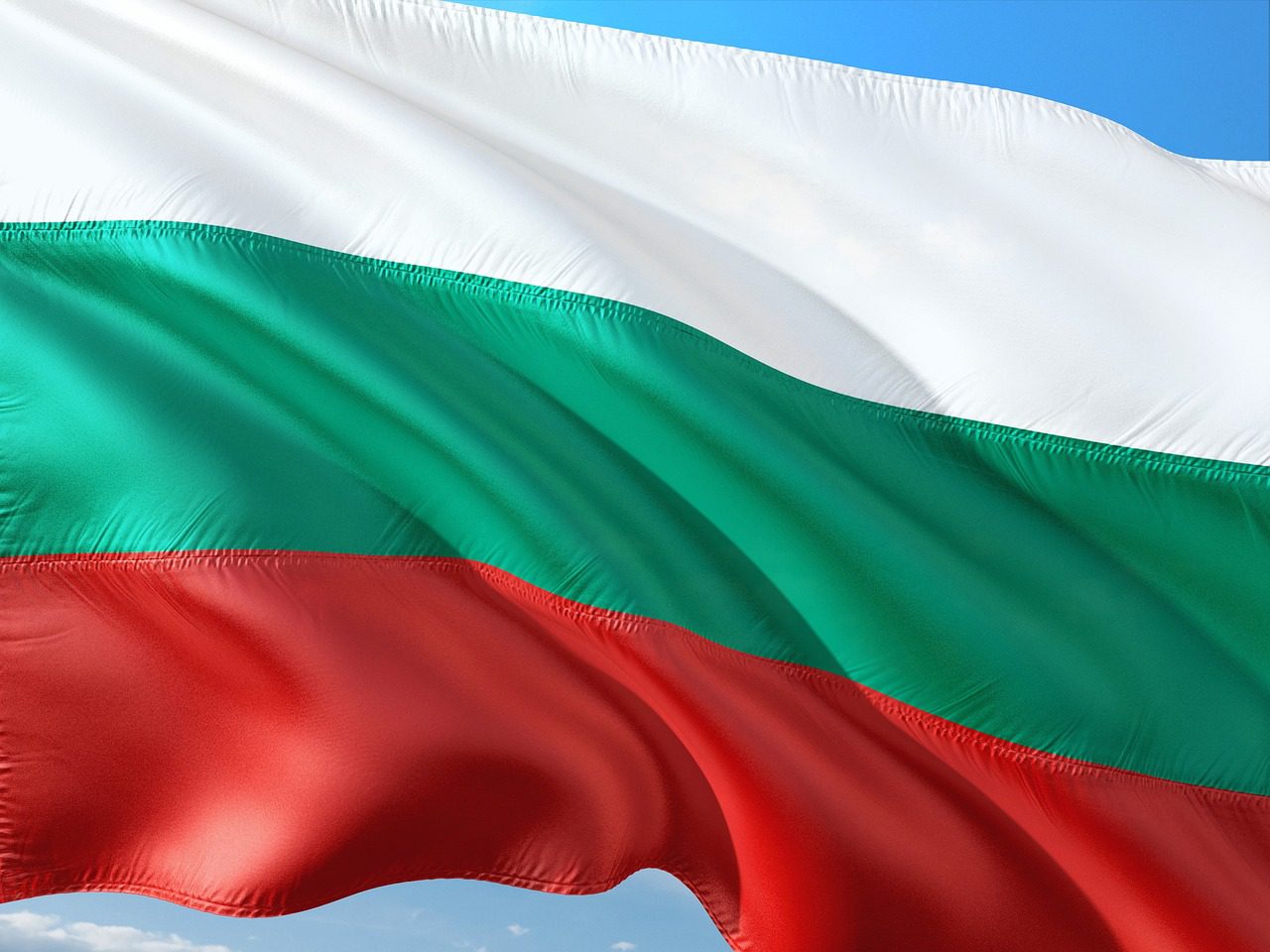
Bulgaria is taking a bold step forward in its transport infrastructure development with a major initiative to modernise one of its key railway routes—the Sofia–Pernik–Radomir corridor. This ambitious project aims to upgrade an aging rail line into a modern, high-capacity transport artery that connects central and western Bulgaria more efficiently, sustainably, and safely.
The line, which currently plays a vital role in regional passenger and freight transport, has long required structural and technological renewal. Now, under the coordination of the National Railway Infrastructure Company (NRIC), the project is entering a new phase that includes both detailed design and full-scale renovation of the Pernik–Radomir section.
The Sofia–Pernik–Radomir railway forms part of the Trans-European Transport Network (TEN-T), making it not just a national asset, but a piece of broader European transport connectivity. Stretching from the capital city of Sofia to the industrial and urban regions of Pernik and Radomir, the corridor supports thousands of daily commuters, businesses, and logistical operations.
Modernising this line is a strategic move aimed at reducing travel times, cutting carbon emissions, and improving overall transport reliability. It also serves as a critical node in enhancing Bulgaria’s alignment with EU mobility, climate, and economic growth objectives.
The current modernisation initiative covers full technical design and engineering work on the Pernik–Radomir section, alongside upgrades to the overall Sofia–Pernik–Radomir route. This includes:
The goal is to bring the line in line with European standards for speed, safety, and sustainability—enabling passenger trains to run faster and freight trains to move more efficiently without compromising environmental or safety obligations.
This rail modernisation effort is part of Bulgaria’s long-term transport development strategy, closely aligned with EU funding mechanisms and regional development goals. The project is expected to leverage support from EU operational programmes such as the Connecting Europe Facility (CEF) and Cohesion Fund instruments, which prioritize sustainable and efficient transport corridors across the Union.
By enhancing the railway system, Bulgaria strengthens its competitiveness as a regional transit hub, encouraging economic growth, reducing congestion on roads, and moving closer to its climate targets through modal shift from road to rail.
The economic implications of the Sofia–Pernik–Radomir railway overhaul are significant. Modern infrastructure not only facilitates better domestic mobility, but also opens pathways for cross-border freight transport that is faster, more cost-effective, and environmentally responsible.
For commuters, a faster and more reliable rail system means less dependency on cars and buses, contributing to better air quality and urban development. For businesses, the improved logistics chain can help lower transport costs and expand access to regional markets.
Rail is widely regarded as the most environmentally friendly mode of land transport. By modernising this critical line, Bulgaria is reinforcing its commitment to sustainable infrastructure development. Reduced diesel use, electrification, and energy-efficient systems are expected to significantly cut greenhouse gas emissions and noise pollution along the corridor.
Environmental assessments are being integrated into the project design to ensure biodiversity, landscape, and water resources are protected throughout the construction and operation phases.
Despite the clear benefits, infrastructure projects of this scale are not without challenges. Land acquisition, technical complexities, and potential disruptions to existing services will require meticulous planning, stakeholder coordination, and transparent public communication. Delays in procurement or funding allocation could also impact the project timeline.
However, the long-term gains far outweigh the risks. With strategic planning and robust execution, this railway modernisation could serve as a model for future infrastructure projects across Bulgaria and the region.
The Sofia–Pernik–Radomir railway modernisation is more than just a transport upgrade—it’s a national investment in economic vitality, regional integration, and environmental stewardship. As Bulgaria looks to the future, projects like this will define how successfully the country transitions into a modern European transport network that meets the needs of its citizens and industries alike.
By embracing innovation, securing strategic funding, and prioritising sustainability, Bulgaria is charting a smarter, faster, and greener path forward—one railway line at a time.
for more news visit our website africapulsemedia.com